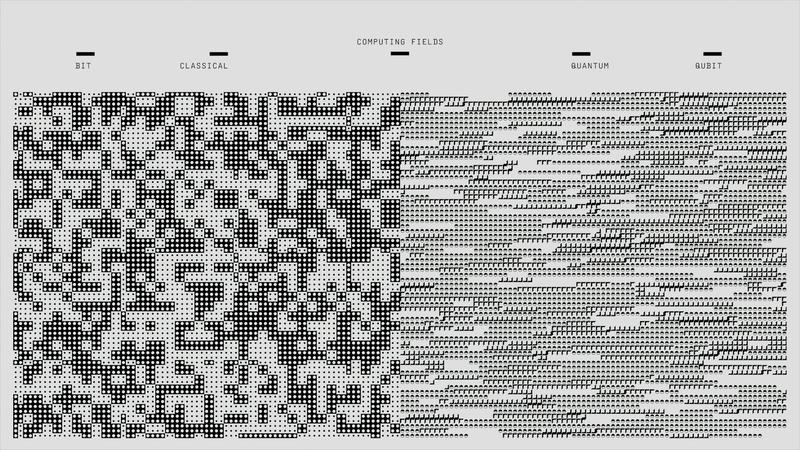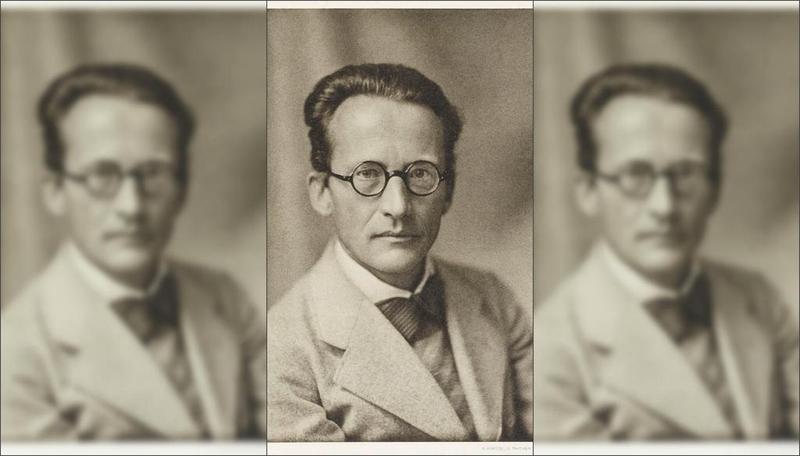arXiv
•
3rd February 2021
Key Technology Considerations in Developing and Deploying Machine Learning Models in Clinical Radiology Practice
The use of machine learning to develop intelligent software tools for interpretation of radiology images has gained widespread attention in recent years. The development, deployment, and eventual adoption of these models in clinical practice, however, remains fraught with challenges. In this paper, we propose a list of key considerations that machine learning researchers must recognize and address to make their models accurate, robust, and usable in practice.








